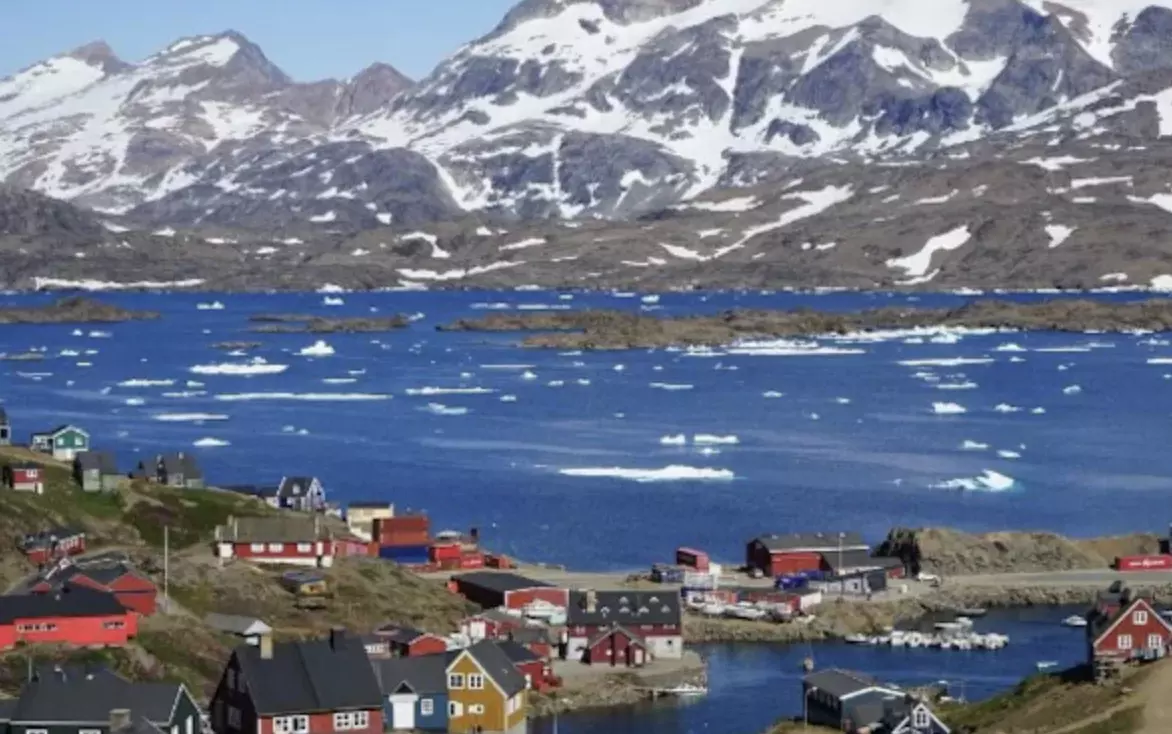Trump's Greenland obsession: 4 potential outcomes
Trump's Greenland obsession: 4 potential outcomes

Former US President Donald Trump has reignited his interest in Greenland, making bold claims about the island’s future. Trump, who expressed a desire to purchase Greenland in 2019, has since doubled down on his stance, even suggesting military or economic pressure to secure the territory for the United States. But Greenland’s leadership, along with Denmark, has consistently rejected the notion of selling the island. Here are four possible scenarios for the future of Greenland amid escalating tensions.
1. Trump's Interest Fades
Some experts believe Trump’s threats might just be posturing aimed at pressuring Denmark to take stronger action in the Arctic. With Russia and China seeking to increase their influence in the region, Denmark recently committed $1.5 billion for military security. While Trump’s rhetoric may be aimed at drawing attention to the issue, some analysts argue that it could be more about positioning himself ahead of entering office than actual intent to acquire Greenland. Meanwhile, Greenland could use the attention to further its quest for international recognition and greater autonomy.
2. Greenland Pursues Independence and Closer US Ties
Greenland has long had aspirations for independence from Denmark, and the island’s leadership has made it clear they seek to maintain control over their own destiny. While a full independence referendum remains unlikely without strong guarantees for economic stability, Greenland could pursue a more flexible relationship with the US, similar to the "free association" status that the US has with the Marshall Islands, Micronesia, and Palau. Denmark, historically resistant to this idea, may be more open to it given evolving attitudes towards Greenland's autonomy.
3. Trump Follows Through with Economic Pressure
A more aggressive approach could see Trump imposing steep tariffs on Danish goods, a move that could create substantial economic pressure on Denmark to make concessions over Greenland. This might affect industries such as pharmaceuticals, where Denmark exports products like insulin and hearing aids to the US. While such economic measures could cause friction, Denmark has been preparing for the possibility of trade tensions, especially given its broader economic ties with the US.
4. US Military Action in Greenland
Though unlikely, the most extreme scenario involves the United States using military force to take control of Greenland. With existing US military bases on the island, including a key airbase in the northwest, the US has a significant presence in Greenland. However, any military move would trigger a major international crisis, particularly since Greenland is part of NATO through Denmark. An invasion would implicate NATO’s Article 5, potentially sparking a broader conflict. As one expert pointed out, “If they invade Greenland, they invade NATO,” signaling the serious ramifications of such an action.
The future of Greenland remains uncertain, with Trump’s rhetoric setting the stage for a broader geopolitical debate. While his extreme positions might be aimed at gaining leverage, the ultimate outcome will depend on Greenland’s pursuit of independence, Denmark’s willingness to adapt, and how the US navigates its interests in the region.

